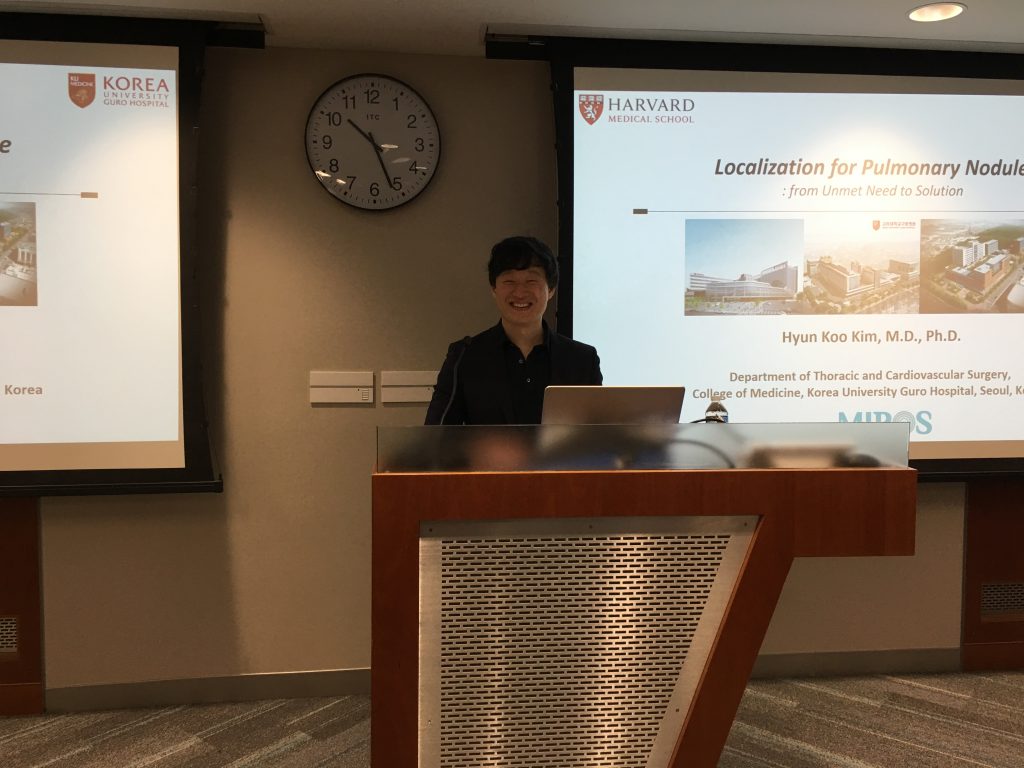Dr. Hyun Koo Kim is Professor and Chief of Thoracic and Cardiovascular Surgery at the Korea University Guro Hospital in Seoul, Korea. He earned his medical degree from Korea University College of Medicine in Seoul Korea in 1996. He finished a Thoracic and Cardiovascular Surgery residency in 2001 and afterwards completed a fellowship in the Korea University Guro Hospital in 2005. He is an expertise in single port VATS and utilizing 3D thoracoscope during VATS.
Below is a summary of his presentation

Image-guided surgery can be defined as surgery where the operator utilizes surgical devices that incorporate the use of tracking technology in conjunction with a fusion of images in order to guide surgical procedures.
Preoperative marking via CT-guided localization is the most commonly used techniques for thoracoscopic surgery-based resection of small peripheral pulmonary nodules. But, it was related with resulting in higher rates of pneumothorax, bleeding, and dislodgement.Preoperative marking via CT-guided localization is the most commonly used techniques for thoracoscopic surgery-based resection of small peripheral pulmonary nodules. But, it was related with resulting in higher rates of pneumothorax, bleeding, and dislodgement.
To compensate for the disadvantages of solo localization, dual localization technique was developed in Dr. Kim’s team.
Fluorescent images could provide intraoperative tumor location, but they have been aware of difficulty to decide the resection margin of deep-seated nodule for limited depth penetration of fluorescent images. Thus, to overcome these limitations, they developed fluorescent iodized emulsion by mixing ICG dye with lipiodol (lipid soluble radio contrast) to remain ICG on the injected target and to reduce the depth limitation.
Near-infrared (NIR) fluorescence imaging was recently introduced to enable real-time intraoperative visualization of the lymph nodes draining a tumour, cancer or premalignant lesion, as well as the vital structures, vascularization and perfusion. Dr. Kim’s team attempted to use a lower dose of ICG (1 mg/kg) to detect pulmonary neoplasm. However, ICG was not tumor specific tracer, and fluorescence intensity was not correlated with tumour pathology (from borderline tumour to primary or metastatic malignancy), tumour size or metabolic activity on PET/CT. Therefore, agents targeted to tumor surface receptors should be developed for enabling the intraoperative tumor localization which could provide personalized precision surgery.

